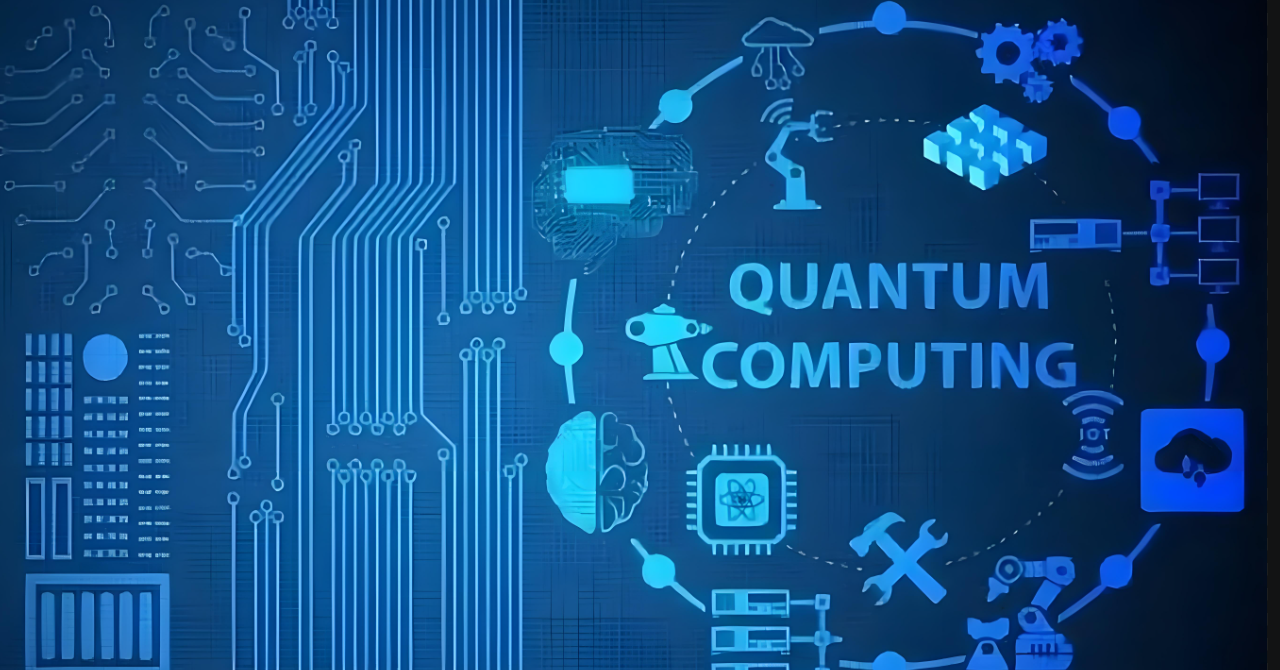
Quantum Computing: Fundamentals and Frontiers
1. Core Principles
Qubit (Quantum Bit)
-
Superposition: Unlike classical bits (0 or 1), qubits exist in states �∣0⟩+�∣1⟩α∣0⟩+β∣1⟩, where ∣�∣2+∣�∣2=1∣α∣2+∣β∣2=1.
-
Entanglement: Qubits can be correlated such that the state of one instantly influences another (Einstein's "spooky action at a distance").
Quantum Gates
-
Hadamard Gate (H): Creates superposition ∣0⟩→∣0⟩+∣1⟩2∣0⟩→2∣0⟩+∣1⟩.
-
CNOT Gate: Entangles two qubits (basis for quantum circuits).
2. Quantum Algorithms
| Algorithm | Speedup |
|---|





 最低0.47元/天 解锁文章
最低0.47元/天 解锁文章


















 被折叠的 条评论
为什么被折叠?
被折叠的 条评论
为什么被折叠?








